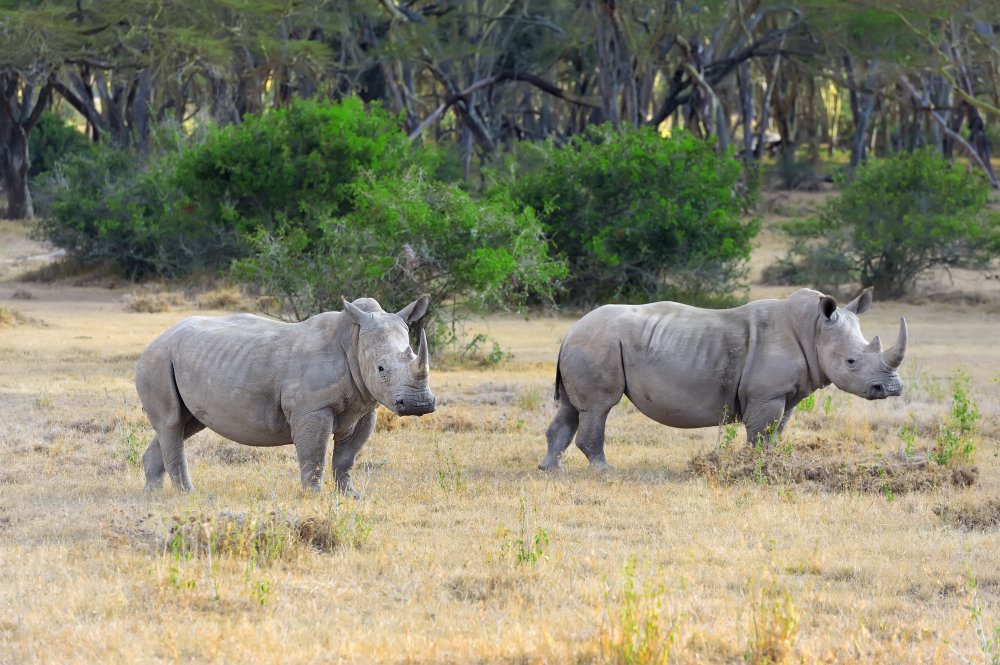Unveiling the Titans: A Tale of Two Largest Wild Reserves in India
It is blessed with breathtaking diversity, India shelters more than just bustling cities and ancient monuments. Within its vibrant tapestry lies a treasure trove of wild landscapes teeming with life. Two names often surface when discussing India’s largest wild reserves: the Indian Wild Ass Sanctuary in Gujarat and Kaziranga National Park in Assam. Both boast impressive credentials, but which genuinely wears the crown of “largest” depends on how we define the term.
The Rann’s Untamed Canvas: Indian Wild Ass Sanctuary
Imagine a surreal expanse painted in ochre and emerald, where the earth surrenders to the vast embrace of the Great Rann of Kutch. This salt-flat desert, stretching over 4,954 square kilometers, forms the heart of the Indian Wild Ass Sanctuary. The landscape here is of stark beauty, where the monsoon transforms the arid plains into a shimmering sea, and the winter winds sculpt the salt flats into intricate patterns.
This unique ecosystem fosters a surprising array of life, with the Asiatic wild ass reigning supreme. Once teetering on the brink of extinction, these graceful creatures have found refuge in the Rann’s unforgiving embrace with their sleek dun coats and striped legs. Their resurgence is a testament to the sanctuary’s success in conservation. The Rann also shelters a kaleidoscope of other desert residents, from the elegant desert fox to the majestic blackbuck. The skies above come alive with vibrant hues as flamingoes take flight, their graceful ballet a counterpoint to the stark beauty of the landscape.
Kaziranga: Where Rhinos Rule and Tigers Roar
As we journey east, the desert plains give way to the lush embrace of the Brahmaputra Valley. Here, nestled amidst tall grasses and dense forests, lies Kaziranga National Park, a verdant haven spanning 430 square kilometers. This UNESCO World Heritage Site is a symphony of biodiversity where the one-horned rhinoceros takes center stage.

With their prehistoric armor and lumbering gait, these magnificent creatures roam the grasslands in imposing herds. But Kaziranga’s stage is reserved for more than just rhinos. The park boasts the highest density of tigers globally, their amber eyes glinting through the foliage. Many other mammals, from the majestic Asian elephant to the elusive golden langur, share this verdant kingdom. The park’s wetlands pulsate with life, from the playful Gangetic dolphin to the shy swamp deer.
Beyond the Numbers: A Tapestry of Conservation
While the title “largest” may spark debate, both reserves stand as giants in conservation. The Indian Wild Ass Sanctuary has played a pivotal role in reviving the dwindling population of the Asiatic wild ass, a success story etched in the salt-kissed plains of the Rann. Conversely, Kaziranga has been instrumental in safeguarding the one-horned rhinoceros, a prehistoric survivor facing modern threats.
But their contributions extend beyond mere numbers. These reserves are sanctuaries not just for species but for entire ecosystems. The Rann’s delicate balance of salt and water sustains a unique web of life, while Kaziranga’s lush grasslands and wetlands provide a haven for countless species, from the smallest insects to the soaring eagles.
A Choice Not of Size but of Perspective
So, which reserve indeed wears the crown of “largest”? The answer, like the wilderness itself, is a complex one. It depends on whether we measure greatness in the vastness of territory or the richness of biodiversity. The Indian Wild Ass Sanctuary, with its sprawling plains and unique desert ecosystem, lays claim to the mantle of sheer size. Kaziranga, on the other hand, with its unparalleled concentration of iconic species and vibrant tapestry of life, stakes its claim on the throne of biodiversity.
Ultimately, the choice is not about size, but about perspective. Whether we marvel at the graceful dance of the wild ass across the salt flats or thrill at the sight of a tiger emerging from the Kaziranga undergrowth, both reserves remind us of the awe-inspiring beauty and fragility of our natural world. They stand as testaments to the enduring power of conservation, urging us to protect these irreplaceable sanctuaries for generations to come.
So, let us celebrate not just the “largest” but the entirety of India’s wild heritage in all its diverse and magnificent glory. For in the untamed heart of these reserves, we find not just a refuge for wildlife but a mirror reflecting the soul of our planet.